
Ingredient
Celery leaves
The Unsung Heroes: Exploring the Versatility of Celery Leaves
Celery leaves, the often discarded part of the celery plant, possess a vibrant green color and a delicate texture. They have an herbaceous and slightly bitter taste, reminiscent of parsley or cilantro. Rich in vitamins, minerals, and antioxidants, celery leaves provide a burst of freshness and nutrition to salads, soups, and sauces.
Origins and history
Celery leaves have been used in culinary practices for centuries, dating back to ancient Rome and Greece. They were highly valued for their medicinal properties and were often used as a garnish or flavoring agent. Today, celery leaves are widely used in various cuisines around the world, adding a unique touch to dishes.
Nutritional information
Celery leaves are a good source of vitamins A, C, and K, as well as minerals like potassium and calcium. They also contain antioxidants that help protect against oxidative stress and inflammation. Incorporating celery leaves into your diet can contribute to overall health and well-being.
Allergens
Celery leaves may cause allergic reactions in individuals who are sensitive to celery. Symptoms may include itching, swelling, or difficulty breathing. It is advisable to avoid celery leaves if you have a known celery allergy.
How to select
When selecting celery leaves, look for bunches with vibrant green leaves that are crisp and free from wilting or yellowing. Avoid leaves that appear limp or have signs of discoloration. Opt for organic celery whenever possible to minimize exposure to pesticides or chemicals.
Storage recommendations
To keep celery leaves fresh, remove any rubber bands or ties and place them in a plastic bag or airtight container. Store them in the refrigerator's crisper drawer, where they can stay fresh for up to one week. To extend their shelf life, you can also trim the ends and place them in a glass of water, similar to fresh herbs.
How to produce
Celery can be easily grown in a home garden or even in containers. It requires well-drained soil and full sun exposure. Sow the seeds directly in the garden or start them indoors and transplant them once they have developed a few leaves. Regular watering and occasional fertilization will promote healthy growth. Harvest the outer leaves as needed, allowing the inner leaves to continue growing.
Preparation tips
Celery leaves can be used in a variety of ways. They can be chopped and added to salads, soups, stews, or stir-fries for an extra burst of flavor. They can also be used as a garnish for dishes, providing a vibrant pop of green. Additionally, celery leaves can be blended into pesto, sauces, or used as a substitute for parsley or cilantro in recipes.
Substitutions
Parsley or cilantro can be used as substitutes for celery leaves, as they share a similar herbaceous flavor. However, keep in mind that the taste may differ slightly. If you prefer a milder flavor, you can use lettuce leaves as a substitute for celery leaves in salads or as a garnish.
Culinary uses
Celery leaves are commonly used in salads, soups, stews, and sauces. They add a refreshing and herbaceous flavor to these dishes. In some cuisines, celery leaves are used as a primary ingredient in dishes like tabbouleh or as a flavoring agent in stocks and broths. They can also be used to infuse oils or vinegars for added depth of flavor.
Availability
Celery leaves are widely available in grocery stores, supermarkets, and farmers markets. They are cultivated in many regions around the world, including North America, Europe, and Asia. Fresh celery leaves can be found year-round, making them easily accessible for culinary enthusiasts.
More ingredients from this category » Browse all
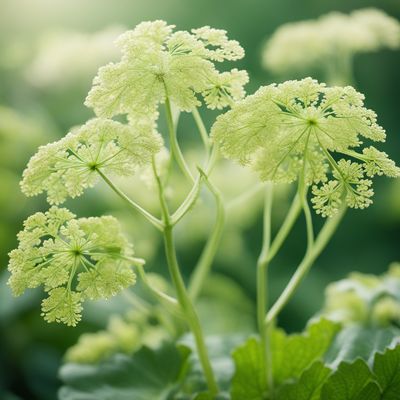
Angelica (leaves and stems)
The Heavenly Herb

Fennel leaves
The Fragrant Herb: Unveiling the Delights of Fennel Leaves
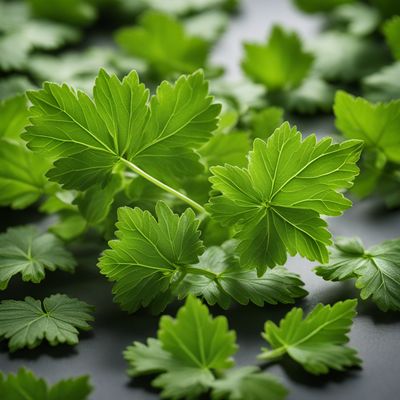
Lovage leaves
The Herbaceous Elixir

Pimpernel
The Scarlet Beauty: Pimpernel's Vibrant Flavors
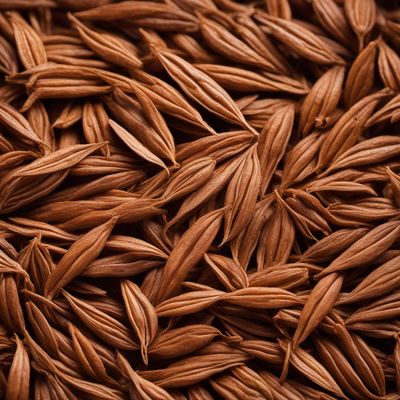
Caraway leaves
The Aromatic Herb: Unveiling the Secrets of Caraway Leaves

Culantro leaves
The Vibrant Herb: Culantro Leaves
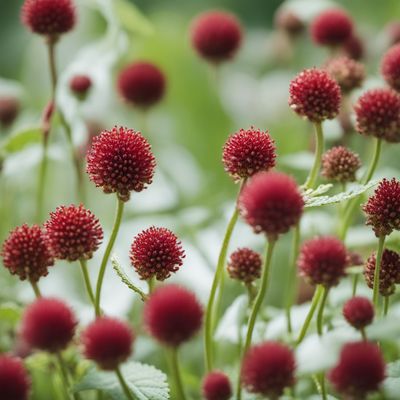
Burnet
The Herb of Coolness

Sorrel
The Tangy Herb: Unveiling the Secrets of Sorrel
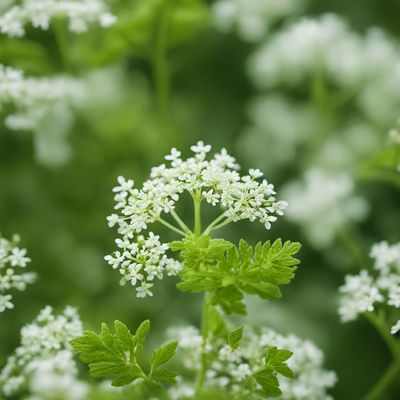
Sweet cicely
The Delicate Herb: Unveiling the Secrets of Sweet Cicely

Fenugreek leaves
Aromatic Herbaceous Delight

Herb of grace
The Divine Herb: Unveiling the Secrets of Herb of Grace
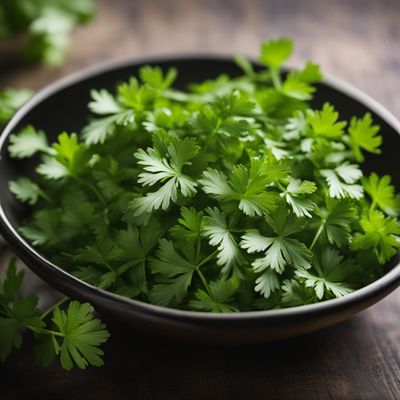
Coriander leaves
The Vibrant Herb: Unveiling the Magic of Coriander Leaves
Recipes using Celery leaves » Browse all
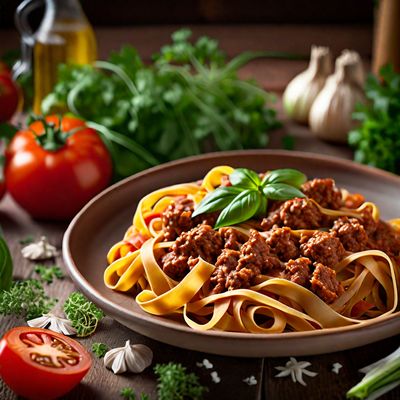
Tagliatelle al ragù alla Bolognese - Bavarian Style
Bavarian Beef Ragu with Homemade Tagliatelle

Crawfish Boudin with a Spicy Twist
Creole Delight: Spicy Crawfish Boudin

Nouvelle Gumbo
Elevating the Classic Gumbo: A Nouvelle Twist

Patra - Spiced Colocasia Rolls
Savory Delight: Spiced Colocasia Rolls with a Twist

Hungarian Chicken Soup
Magyar Magic: Hearty Hungarian Chicken Soup

Sopa Leão Veloso
Brazilian Delight: Hearty Sopa Leão Veloso
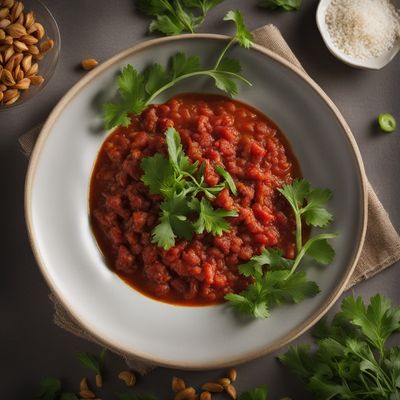
Apulian Sedano alla Pratese
Apulian Celery Delight

Dango Soup
Savory Dumpling Delight
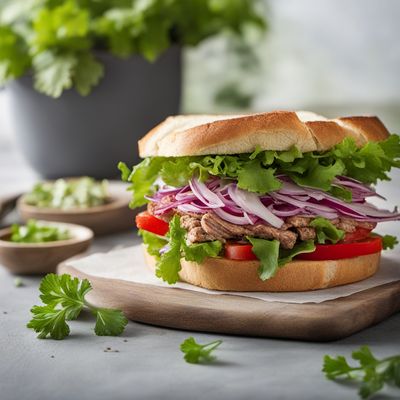
Pheasant Salad Sandwich
Savory Pheasant Delight

Joe Booker Stew
Hearty Southern Comfort Stew

Homemade Cappelletti in Brodo
Savory Delights: Handcrafted Cappelletti in Flavorful Broth
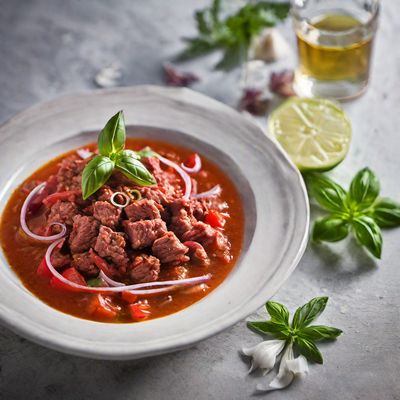
Italian Gulyás
Glorious Italian Beef Stew